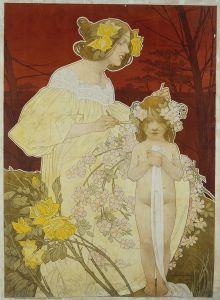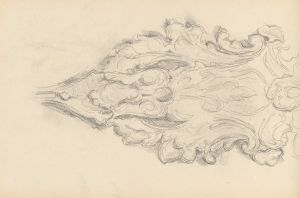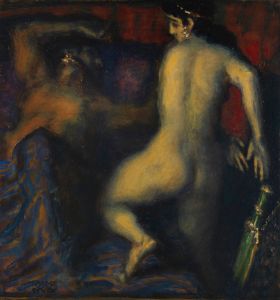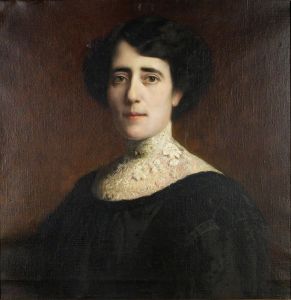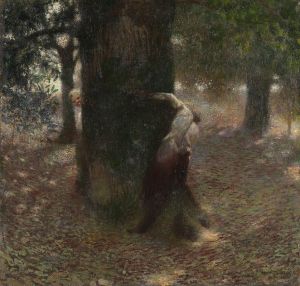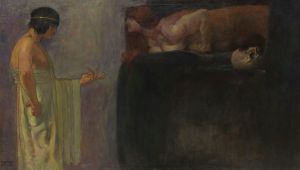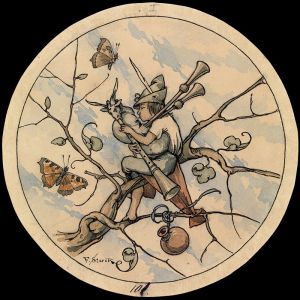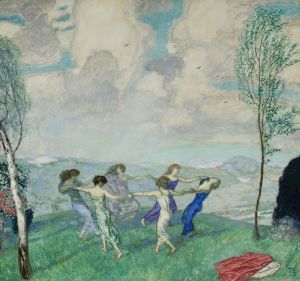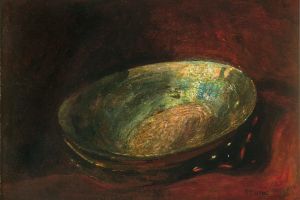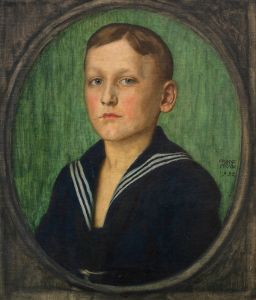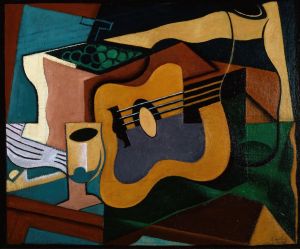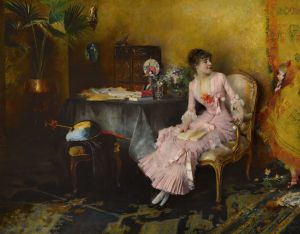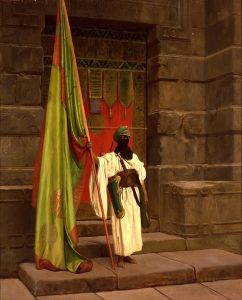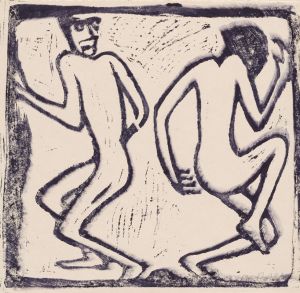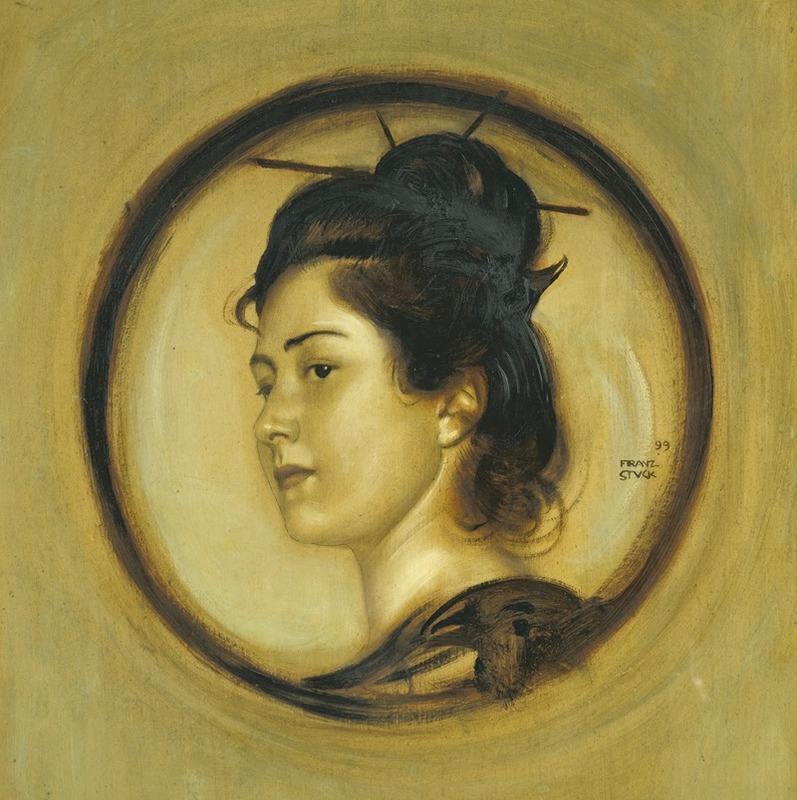
Marie Stuck in japanischem Kostüm
A hand-painted replica of Franz von Stuck’s masterpiece Marie Stuck in japanischem Kostüm, meticulously crafted by professional artists to capture the true essence of the original. Each piece is created with museum-quality canvas and rare mineral pigments, carefully painted by experienced artists with delicate brushstrokes and rich, layered colors to perfectly recreate the texture of the original artwork. Unlike machine-printed reproductions, this hand-painted version brings the painting to life, infused with the artist’s emotions and skill in every stroke. Whether for personal collection or home decoration, it instantly elevates the artistic atmosphere of any space.
Franz von Stuck was a prominent German painter, sculptor, and architect, known for his role in the Munich Secession movement and his contributions to Symbolism. One of his notable works is "Marie Stuck in japanischem Kostüm" (Marie Stuck in Japanese Costume), which reflects his interest in exotic themes and the influence of Japonism on European art during the late 19th and early 20th centuries.
Franz von Stuck was born on February 23, 1863, in Tettenweis, Bavaria. He studied at the Munich Academy of Fine Arts and quickly became a significant figure in the art world. Stuck was a founding member of the Munich Secession in 1892, a group that sought to break away from traditional academic art and promote modernist approaches. His work often explored mythological and allegorical themes, characterized by a distinctive style that combined elements of Symbolism and Art Nouveau.
"Marie Stuck in japanischem Kostüm" is a portrait of Stuck's daughter, Marie, dressed in a Japanese costume. The painting is a testament to the widespread fascination with Japanese culture that swept through Europe during the late 19th century, a phenomenon known as Japonism. This cultural movement was sparked by the opening of Japan to the West and the subsequent influx of Japanese art and artifacts, which had a profound impact on European artists.
The painting showcases Stuck's skill in capturing intricate details and textures, particularly in the depiction of the elaborate Japanese garment worn by Marie. The use of rich colors and careful attention to the play of light and shadow are characteristic of Stuck's style. The composition reflects a blend of Western and Eastern artistic influences, highlighting the cross-cultural exchange that defined the period.
Stuck's interest in Japonism was part of a broader trend among European artists who were inspired by the aesthetics of Japanese prints, textiles, and decorative arts. This influence is evident in the composition and decorative elements of "Marie Stuck in japanischem Kostüm," which echo the simplicity and elegance often found in Japanese art.
Throughout his career, Franz von Stuck received numerous accolades and held prestigious positions, including a professorship at the Munich Academy of Fine Arts. His work was celebrated for its innovative approach and its ability to convey complex themes through striking visual imagery. Stuck's legacy continues to be recognized in the art world, with his works held in major museums and collections worldwide.
"Marie Stuck in japanischem Kostüm" remains an important example of Stuck's exploration of cultural themes and his ability to integrate diverse influences into his art. The painting not only reflects the artist's personal connection to his family but also serves as a window into the broader artistic and cultural currents of his time.





